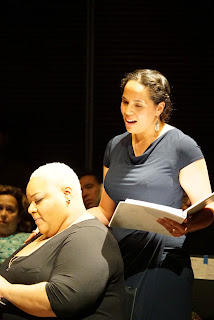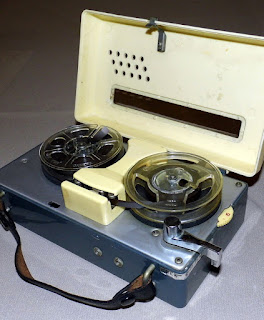A Hell of a Businessman: A Biography of Joe Glaser
By Simon Hodgson Born in 1897, Joe Glaser was the son of a successful Russian Jewish physician in Chicago. He originally intended to follow a similar career and entered medical school, but after passing out in the operating room, he realized he wasn’t cut out to be a doctor. He started off in business selling used cars, but found better luck managing prizefighters. In his biography of Al Capone, Laurence Bergreen notes, “Glaser’s power to fix fights earned him a reputation as a sage of boxing, especially among reporters.” With advanced word as to which fights were fixed, Glaser could predict the results—and even the number of rounds—of many bouts in Chicago. His connections with organized crime continued in his next career change, when he began running nightclubs and whorehouses in the South Side for the Chicago Outfit, the powerful underworld gang led by Capone. Glaser’s tendency toward illegal action nearly ended his career. In 1928, he was sentenced to ten years in prison for ...



